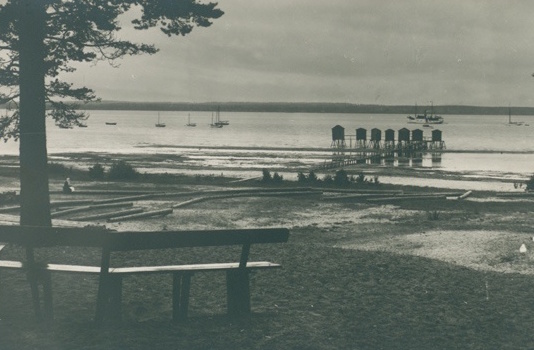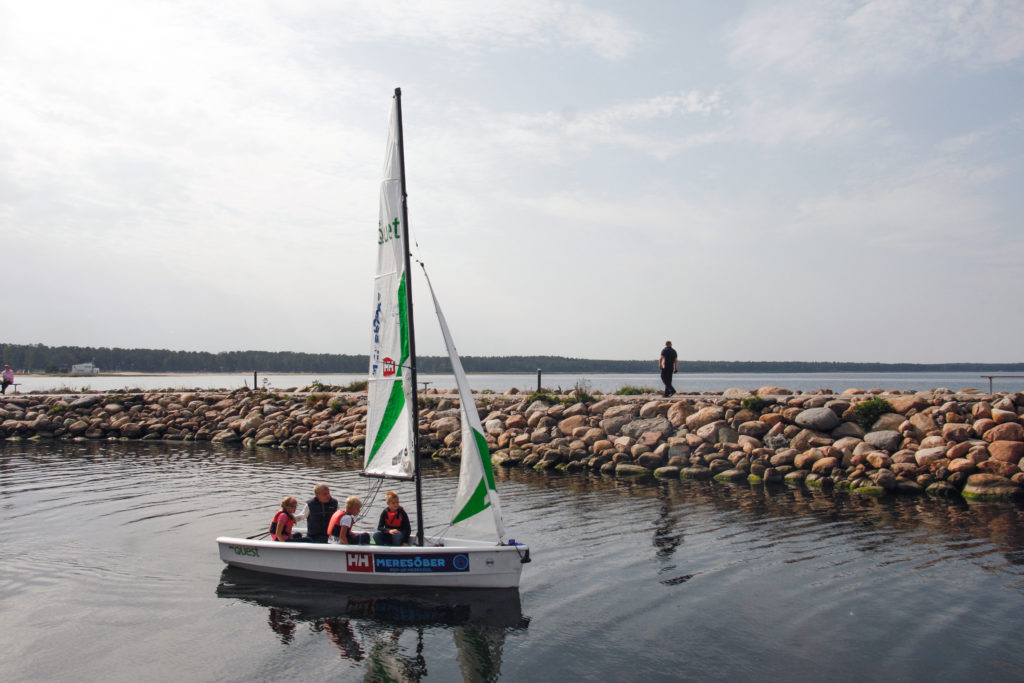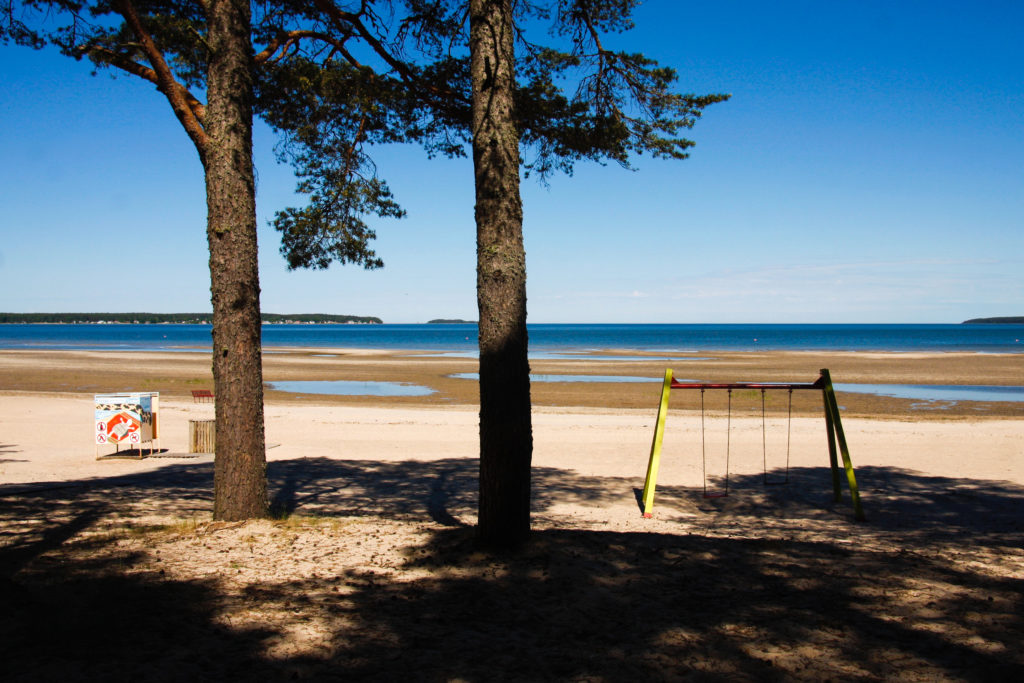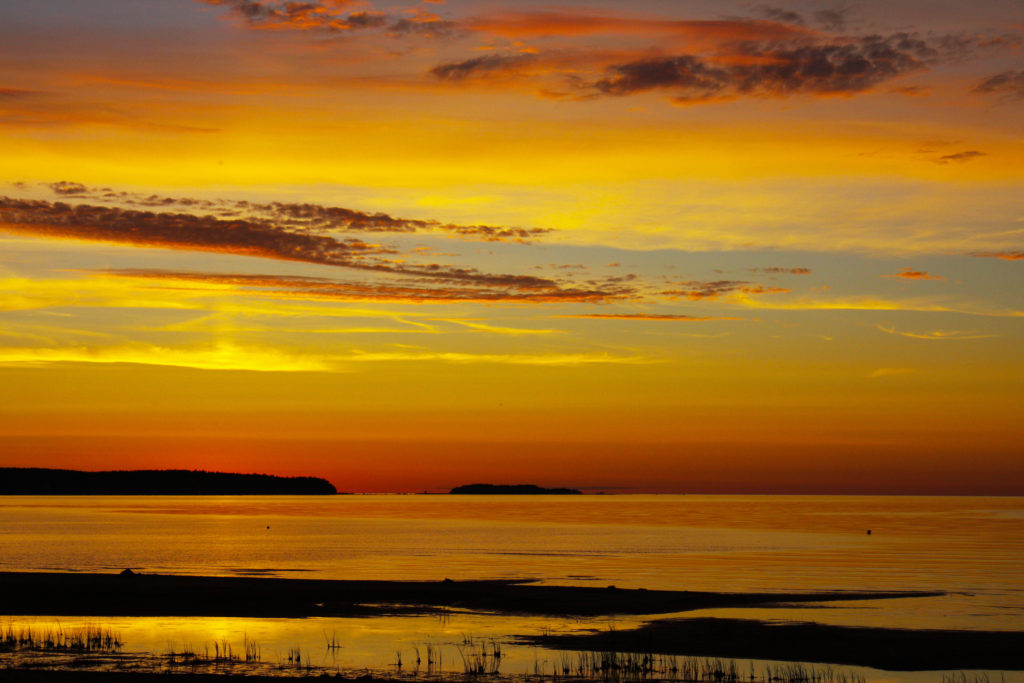




VÕSU - MADE FOR BEACH HOLIDAYS
Võsu has been a well known holiday destination for almost 150 years. At the end of the nineteenth century, Võsu emerged as a favourite spot for holidaymakers - the white sandy beach, clean sea air, a tranquil pine grove, and mesmerising sunsets lure visitors to Võsu to this day. Two large peninsulas shield the horseshoe-shaped Käsmu Bay from both easterly and westerly winds; only the relatively infrequent northerlies can strike Võsu beach itself. Võsu beach is one of the most popular sandy beaches among holidaymakers in the region.
THE DEVELOPMENT OF VÕSU RESORT
In ancient times, the area now known as Võsu was part of Rebala Parish, then situated in the north-western part of Viru County. According to Danish researcher Paul Johansen, Võsu was mentioned for the first time in 1346. Be that as it may, historical accounts first note the settlement’s existence on 3 April 1510, when it forms part of an agreement regarding the transfer of Palmse Manor. Nevertheless, archaeological findings confirm that the area surrounding Võsu was settled long before the medieval period.
The resort’s development was boosted by the Paldiski to St Petersburg railway which opened in 1870. Holidaymakers who arrived from Russia by train became more and more prominent on the local scene. By the time World War One was triggered, more than 120 holiday homes had been built in Võsu and a cruise line had been established to operate between Tallinn and Võsu. During the tsarist era, most holidaymakers were aristocrats from St Petersburg, Moscow, and Germany, but in the early years of the Estonia republic, more and more local tourists found their way to Võsu. In the 1930s when visitor numbers began to surge anew, a regular bus route was established on the Tallinn-Võsu-Tallinn route. Following the Second World War, Võsu Holiday Home (‘Võsu Puhkekodu’ in Estonian) was set up, which included nationalised residences and holiday homes. During the operational years for Võsu Holiday Home, at times more than 11,000 people holidayed in Võsu over the course of one summer. To be able to service all of these holiday home guests, a number of residential complexes and other facilities were built, some of these which were unsuited to Võsu in terms of their architecture and scale. By now, many buildings of the former holiday home have been destroyed or torn down. Following Estonia regaining its independence, Võsu Holiday Home’s assets were returned to their former owners or were privatised, marking the beginning of a new era in the story of Võsu as a holiday resort.
GEORG OTS ONCE SANG
Tuusik taskus ja matkakott seljas,
mind autobuss Võsule tõi.
Siit kaunitest paikadest linna
ma sõita ei taha, ei või.
Võsu liiv ja rannamännid,
looklev teeke metsa sees.
Igal hommikul, kui tõused sängist,
siis karastad end merevees.
Võsu liiv ja rannamännid,
on kaunid paigad metsa sees…
G. Podelski, A. Lausmaa
“Puhkus Võsul”
M. HELJAS "VÕSU RAHVAS JA TEMA LUGU"
(“The Story & People of Võsu”)
Life in Võsu was oriented to vacationers. Once a year the beach was ploughed and women used to pick up even a smallest litter and blade of grass they found on the sand. During the summer, the beach janitor made sure that the beach was spick and span. Furthermore, a beach guard was employed and he had the right to fine anyone who threw, for example, a burnt match on the ground. Each year a community activities day were organized for all the villagers - the streets were wiped clean, and wooden trail for pedestrians was built in the main street. These activities served the well-being of both locals and holidaymakers.




